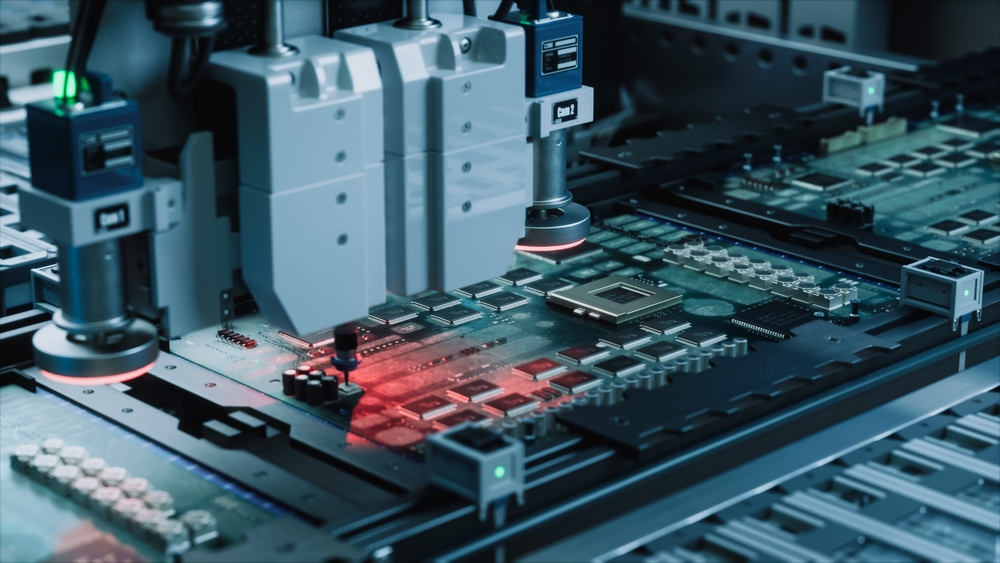Researchers have developed a strain engineering system that controls the behavior of quantum defects in quantum systems and improves spin readout contrast.
Quantum defects are small defects in solid crystal lattices that can trap individual electrons and their spins. These defects are central to the functionality of a variety of quantum technologies, including quantum sensors, computers, and communication systems.
Therefore, reliably predicting and controlling the behavior of quantum defects is of great importance, as it may pave the way to the development of higher-performance quantum systems customized for specific applications.
This new development could open new possibilities for the realization of advanced quantum biosensing devices and other advanced quantum technologies.
Relationship between spin readout and quantum defects
“Our paper was inspired by the challenge of achieving reliable spin readout in solid-state quantum defect systems, especially at room temperature,” the authors said.
“We aimed to show that strain can be a potential control parameter to significantly improve the readout contrast of high-spin solid-state defects. This is important for advances in quantum technology, such as the development of efficient quantum sensors operating under ambient conditions.”
As a first step, they developed a framework that describes the relationship between the system’s spin readout contrast and the electronic structure of high-spin defects.
Professor Adam Gali from the HUN-REN Wigner Research Center, who led the study, explained: “We hypothesized that a specific strain field modulates these quantities, thereby allowing control of the readout contrast. Based on previous theoretical work, we tested this hypothesis and found a significant effect of strain.”
Potential of strain engineering in spin readout control
Building on the theoretical work by Gali et al., another research group led by Professor Qinghai Song from Harbin Institute of Technology conducted experiments aimed at evaluating the potential of strain engineering to control spin readout contrast.
As part of these experiments, the team used existing strains in silicon carbide films to measure the spin properties of individual quantum defects.
“Our experiments confirm our simulations and demonstrate a significant improvement in readout contrast, which means we can more effectively distinguish between different spin states,” Song commented.
“The most important discovery is that strain engineering is a powerful and practical way to improve the spin readout contrast of quantum defects, which can be achieved by more than 60% at room temperature.”
This work by Gali, Song, and their colleagues shows that carefully manipulating the strain applied to a quantum system can greatly improve the ability to distinguish between different spin states within a quantum system.
As part of the study, the researchers showed that strain engineering can significantly improve the sensitivity of quantum sensors.
Improving approaches for other quantum devices
Other research teams may soon take inspiration from this paper and begin devising other strain engineering-based strategies for precisely controlling quantum defects.
The researchers plan to continue improving their approach and evaluate its potential to improve the performance of other quantum devices.
Song concludes: “Our future plans include exploring more precise ways to control strain and achieving a more accurate characterization of the physics underlying the strain-spin interaction.
“We also aim to extend strain engineering to other quantum defect systems and integrate these strained materials into advanced quantum circuits.”
Source link

